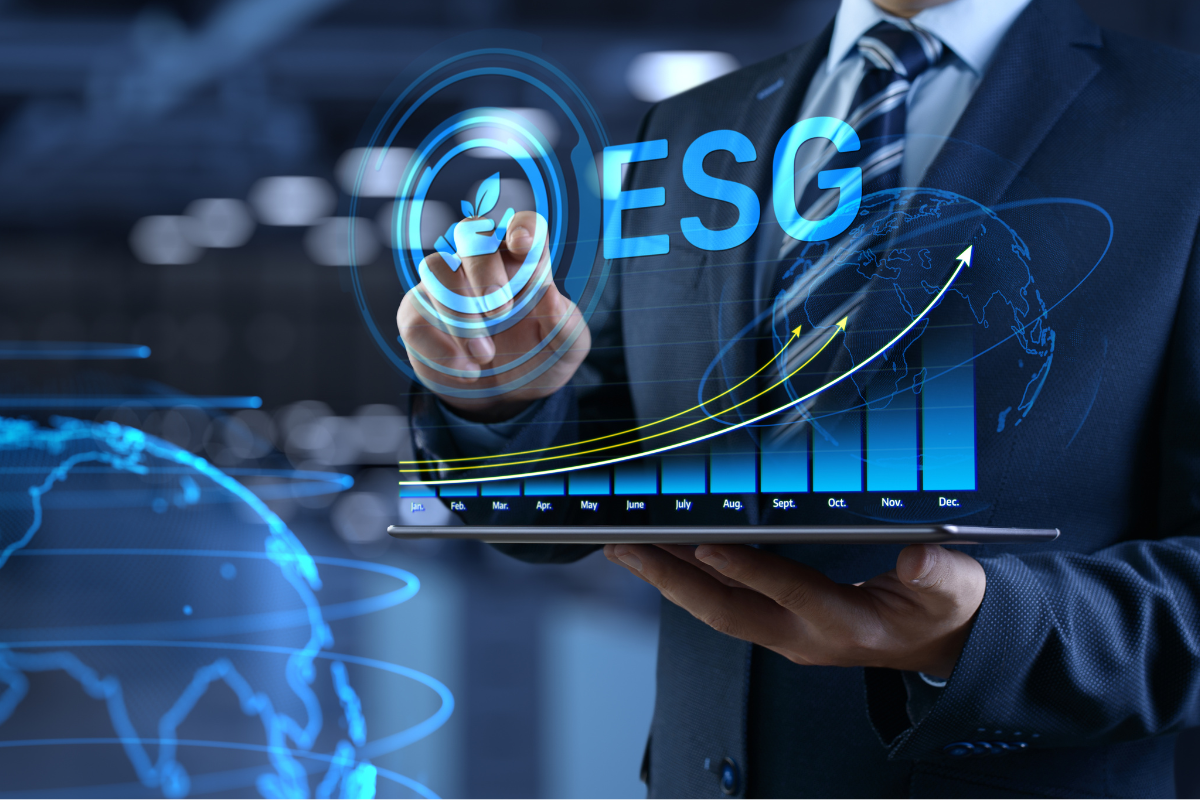
In order to truly embody their stated values, ITADs and electronics recyclers need to go the extra mile on environmental, social and governance goals, argues Curt Greeno of Dynamic Lifecycle Innovations. | SWKStock/Shutterstock
A broad spectrum of U.S. companies have integrated environmental, social and governance (ESG) standards into their corporate culture and practices. For the electronics and materials lifecycle management sector, ESG seems like a natural fit, particularly in light of the inherent environmental and data security benefits of key services such as IT asset disposition (ITAD) and electronics recycling.
The question is: Could industry players be doing more to advance their customers’ ESG aspirations?
Certainly, ITAD and electronics recycling best practices – whether it’s refurbishing devices for resale or simply keeping hazardous materials out of landfills – intrinsically align with basic ESG values. However, other important elements must be considered, and this includes reducing greenhouse gas emissions, a potent contributor to climate change.
It’s well documented that services such as the refurbishment and resale of devices and the use of recovered materials to produce electronics generate lower emissions than manufacturing that relies on virgin raw materials. But by how much? After all, ESG reporting demands numbers, not generalities.
Learn more in person
During a Tuesday morning session at the 2023 E-Scrap and E-Reuse Conference in New Orleans, Curt Greeno will be discussing how ITAD and e-recycling providers can leverage ESG expertise on behalf of their customers. See the full lineup and register for the conference today.
Accounting for the scope 3 emissions (also known as “value chain emissions”) generated by ITADs and electronics recyclers can be particularly challenging. However, scope 3 emissions cannot be ignored, especially since they often represent the majority of an organization’s total greenhouse gas emissions.
Not to be overlooked, businesses are rightfully concerned about the financial sustainability of their ESG initiatives. The question then becomes: How can ITADs and electronics recyclers help customers achieve their ESG objectives in a financially responsible manner?
Four essential benchmarks
By itself, possessing ITAD and electronics recycling core competencies is not sufficient to satisfy the rigorous ESG demands of corporate America. Increasingly, service providers are expected to align with their customers’ ESG values and to support specific ESG initiatives and reporting. And these services must fit within departmental and organizational budgetary constraints.
The following are four essential benchmarks for ITAD and e-recycling providers to consider in trying to navigate the challenging world of ESG:
Benchmark No. 1: Comprehensiveness of service portfolio
The more services that providers can deliver in-house, the less they have to outsource specialized tasks to other vendors, thus reducing the need for carbon-emitting transportation. Another benefit of a comprehensive service portfolio is that the provider maintains a tighter chain of custody over the customer’s asset stream. Assuming the provider follows best practices and has earned strong third-party certifications, this helps ensure that a customer’s assets and any sensitive data they contain are properly managed.
Benchmark No. 2: Scope 3 emissions avoidance measurement tool
Equipping customers to have clear visibility into emissions related to the processing of their electronics needs to be a top priority, given that scope 3 likely makes up the lion’s share of emissions they report. The problem is the growing number of tools for calculating scope 3 emissions avoidance differ significantly from one to the next, and they may not adhere to current industry standards. Consequently, careful consideration must be given to key aspects of the various carbon calculators, including:
- Which data inputs are used for calculations.
- The source of the data.
- How many categories of e-waste the tool encompasses.
- Methodology used in calculations.
- Validation of the methodology by a third party.
- How results are presented.
- Accessibility of the reporting and its availability in real time.
Benchmark No. 3: ESG values and actual ESG track record
Is the service provider’s stated commitment to ESG values reflected in everyday life? A solid indicator of ESG commitment is the provider’s own ESG reporting, assuming it exists. The scope and detail of the report should address every aspect of ESG. Besides describing specific ESG initiatives, the report also should include metrics showing progress in achieving ESG goals, and it should adhere to widely accepted ESG reporting standards and frameworks.
Benchmark No. 4: Ability to maximize value and mitigate costs
Achieving ESG goals involves costs, and it requires buy-in from a customer’s leadership and other stakeholders. This is why it’s so critical for providers to demonstrate value and return on investment to the customer. Examples of “value added” include providing carbon offsets and reporting in support of a customer’s efforts to achieve net-neutral goals. Cost mitigation can be achieved in a number of ways. For example, offering a full range of services under one roof reduces the need for customers to source other vendors, saving them both time and money.
In summary, ITAD and e-recycling providers — by virtue of their services — already have a head start in helping customers achieve their ESG objectives. But becoming a true ESG partner requires more, including a demonstrated commitment to ESG values and investments that empower customers to reach increasingly ambitious goals.
Curt Greeno is president of Dynamic Lifecycle Innovations, a full-service electronics and materials lifecycle management corporation. He can be reached at [email protected].
The views and opinions expressed are those of the author and do not imply endorsement by Resource Recycling, Inc. If you have a subject you wish to cover in an op-ed, please send a short proposal to [email protected] for consideration.


